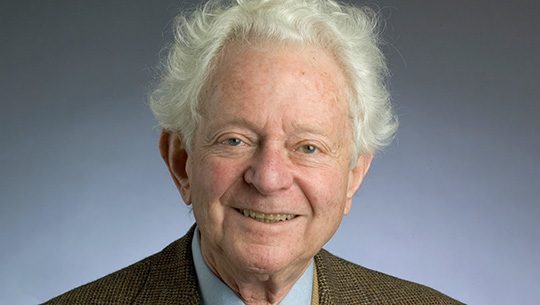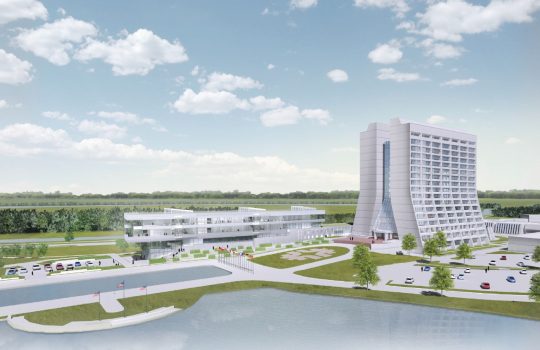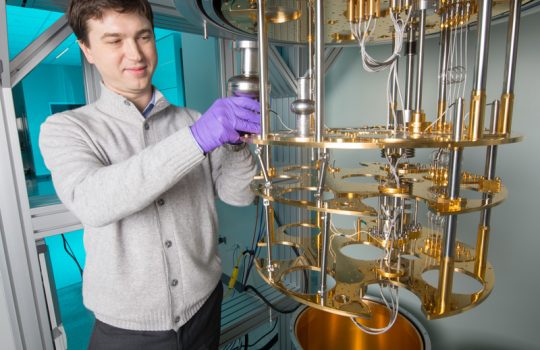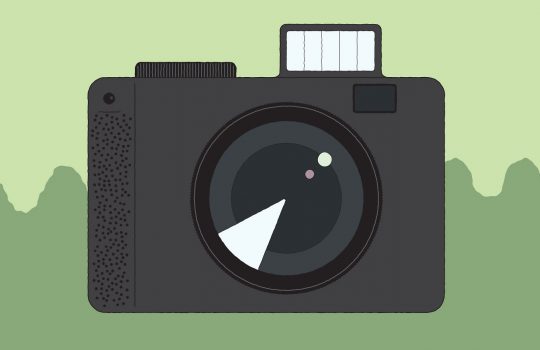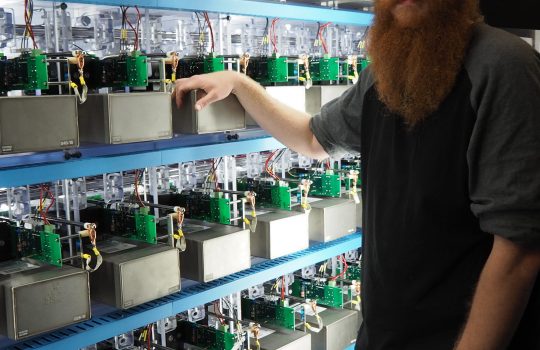Leon Lederman, Nobel laureate, former laboratory director and passionate advocate of science education, dies at age 96
Leon Lederman, a trailblazing researcher with a passion for science education who served as Fermilab’s director from 1978 to 1989 and won the Nobel Prize for discovery of the muon neutrino, died peacefully on Oct. 3 in Rexburg, Idaho. He was 96.

